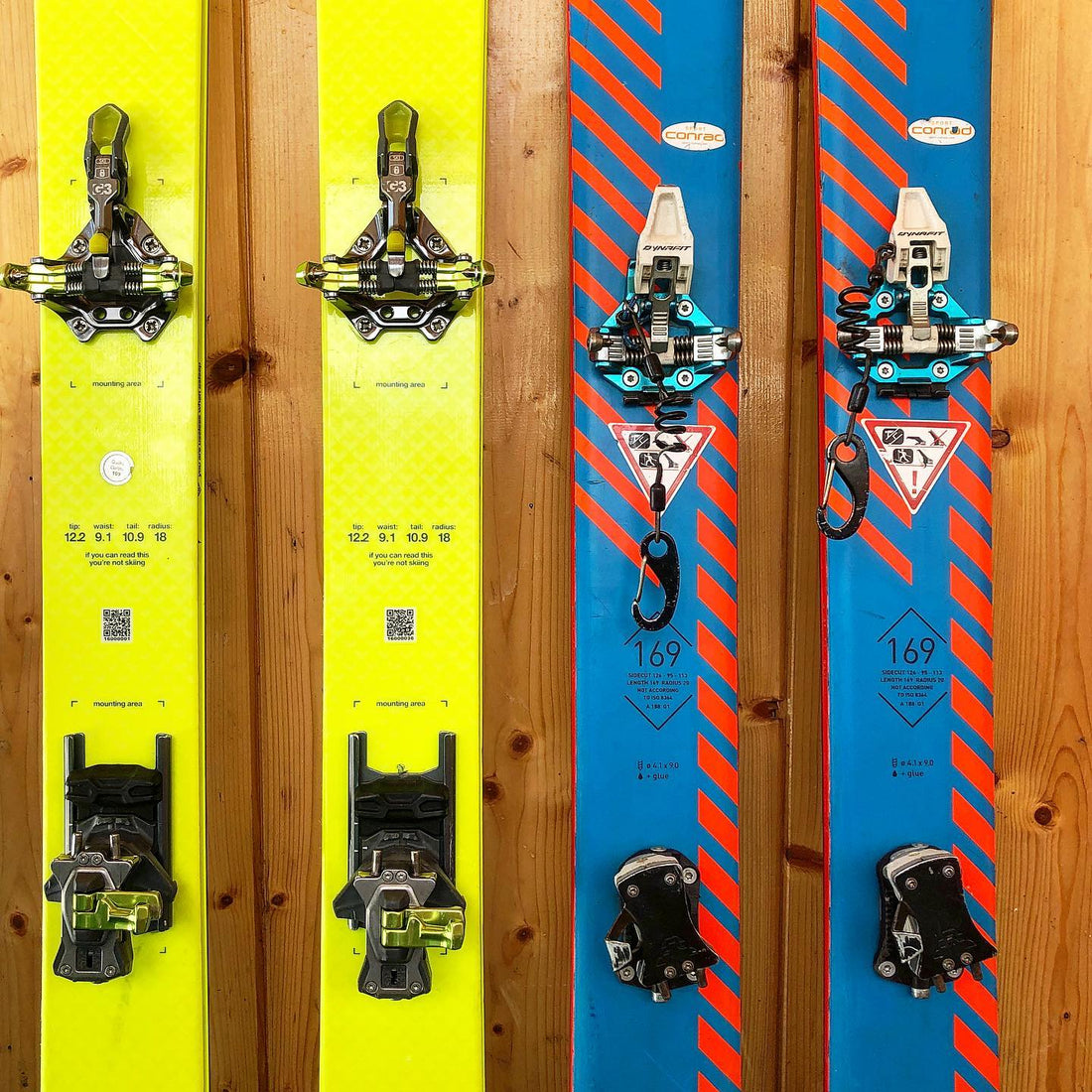What is an All-Mountain Ski?
An all-mountain ski is a versatile choice, offering reliable performance across various conditions. While it might not be the top performer in specific areas like powder or piste, it excels in versatility, making it a great option for those who want one ski to do it all.
What’s Good About an All-Mountain Ski?
The primary advantage of an all-mountain ski is its ability to handle different terrains and snow conditions. It’s a solid investment for those who don’t want to purchase multiple pairs of skis. This is especially important in India, where the ski season often involves a mix of conditions. You need a ski that can do powder for you in January and February and also allow you to ski tour in the spring at higher altitudes.
What’s Bad About an All-Mountain Ski?
The downside is that all-mountain skis are a compromise. They won't float as well as wider powder skis in deep snow, nor will they carve as sharply as narrow piste skis on groomed runs. The key is to decide which qualities you’re willing to compromise on based on your skiing habits and preferences.
How Wide is an All-Mountain Ski?
Typically, all-mountain skis have a waist width between 85-102 millimeters. This range offers a balance between floatation in powder and agility on groomed runs. However, trends and personal preferences can influence the ideal width for you.
Length Matters
The length of your skis plays a significant role in your skiing experience. If you’re aiming for better float in powder, consider going a bit longer. Conversely, shorter skis offer quicker, more responsive turns.
Backcountry Skiing in Himachal
If you plan to ski mostly in Himachal or Ladakh, then lean towards a lighter uphill performer in the range of 95-100 cm. This will give you the balance needed for uphill performance and downhill agility. For backcountry skiing in Himachal, the emphasis on a lighter ski helps with longer ascents.
Skiing in Kashmir
If you are going to ski mostly in Kashmir at Gulmarg Ski Resort and yet need a tourer, then a mid-fat option around 105 cm is better suited. This gives you more float in powder, which is abundant in Gulmarg, while still allowing for touring capabilities.
Construction and Materials
All-mountain skis often feature a wooden core, sometimes reinforced with metal or fiberglass. This construction provides a blend of stability and playfulness, catering to different skiing styles and preferences.
Turning Radius and Flex
The turning radius of your skis determines how tight or wide your turns will be. A lower radius (around 12 meters) offers quick turns, while a higher radius (around 27 meters) suits longer, faster turns. Flex, or how stiff the ski is, affects stability and playfulness. A stiffer ski is more stable at high speeds, while a softer ski is easier to turn.
Rocker and Camber
Most all-mountain skis have a mix of camber underfoot and rocker in the tips and tails. This combination provides stability on groomed runs and easier turn initiation in softer snow.
Binding Options
When choosing bindings, consider your skiing style. If you plan to do a lot of ski touring in India, hybrid bindings like the Salomon Shift or Marker Duke PT are excellent choices. They offer the versatility needed for both downhill performance and uphill touring.
Second-Hand Skis
You don’t always need to buy brand new skis. Second-hand skis can be a budget-friendly and environmentally friendly option. Ensure they’re in good condition and suited to your skiing needs.
Balancing Performance
In India, you need to balance uphill performance with downhill enjoyment. Whether it’s ski touring in India or backcountry skiing in India, selecting the right all-mountain ski will enhance your experience across the varied terrains and conditions.
Final Thoughts
Choosing the right all-mountain ski involves considering your skiing habits, preferred terrains, and the type of skiing you enjoy. Whether it's skimountaineering or backcountry skiing in Himachal, an all-mountain ski offers the versatility you need to enjoy diverse skiing adventures.

